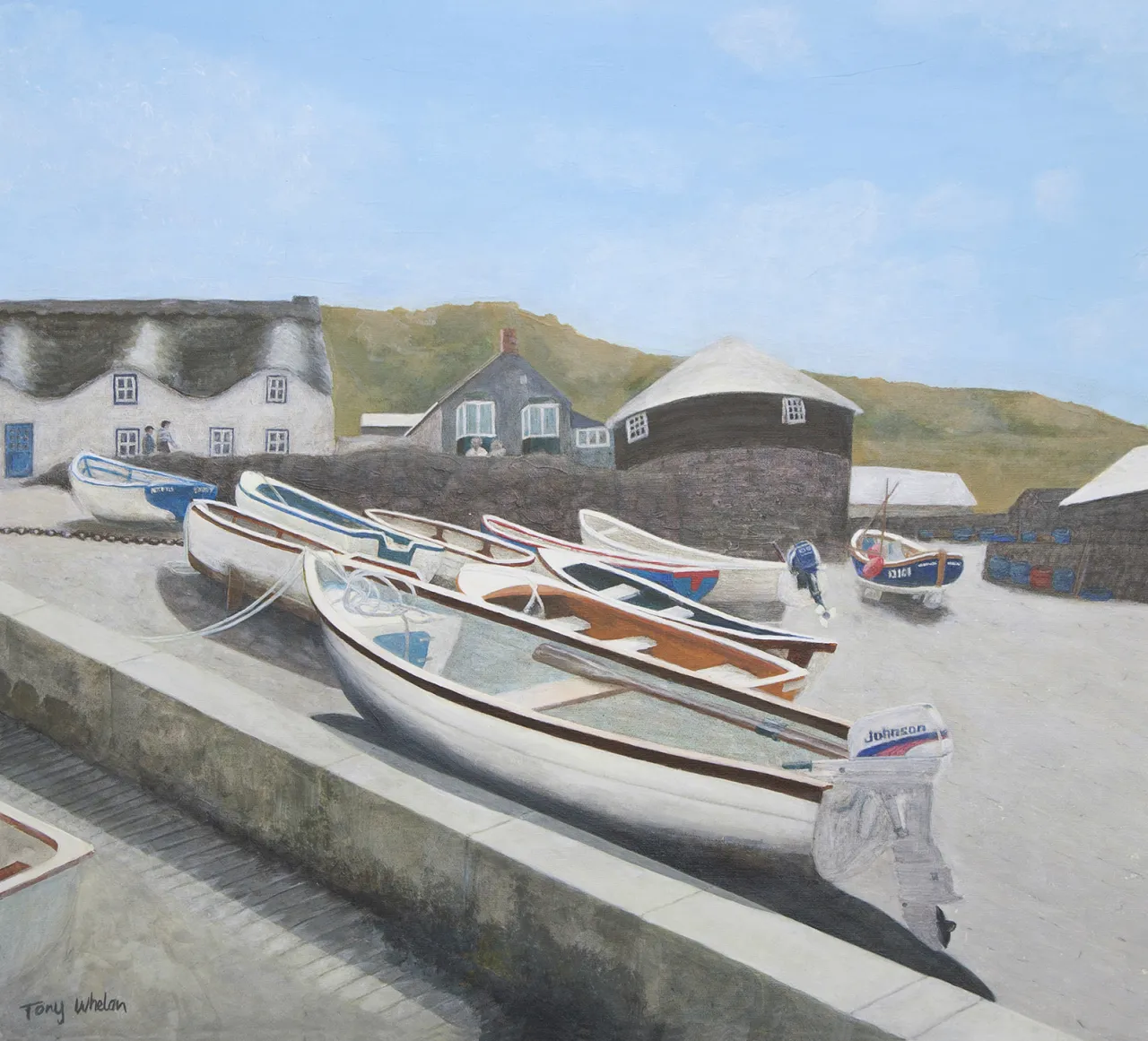
On Criticism
I paint now and again—not painting and decorating but creating pictures on canvas or canvas board. I also write, so, in my essay here you will find me hesitating between the arts of painting and writing because I have noticed parallels.
One clear similarity is the process of gestation. It begins with inspiration—an idea. The time from that point to the completion of the work varies, but eventually, I reach a stage where I want it finished. I labour through multiple ‘edits’, sometimes painting over sections several times, tweaking, changing, berating myself: ‘That bit is not good enough.’ I fixate on perceived flaws. Then, at some point, I have to say, ‘That’s good enough. It is what it is,’ and let go. Even then, after displaying a painting publicly, I sometimes bring it home and make changes.
I can make these changes because I use acrylic paint, not oil. Acrylic is water-based and dries quickly. If I feel the urge to paint over a bothersome section, I use a hairdryer or hot air blower to speed up the drying process so I can ‘correct’ it.
I studied art at my local college after leaving school but was unable to complete the course. My passion for painting was sketchy (forgive the pun) for many years, and only recently have I returned to it more seriously.
The first picture I painted after my return was from a photograph I had taken on holiday in Cornwall. It depicted a cove with a wide concrete slipway where fishing boats had been hauled ashore. I meticulously copied the photograph onto a 20x30-inch canvas board. When finished, the painting resembled a photographic enlargement (see above).
This reminded me why Impressionism emerged in the mid-1800s. The advent of photography in the 1820s made painting with exact likeness increasingly redundant. Today, I could have my photo enlarged and printed directly onto canvas, making the act of painting it pointless.
I realised I needed to adopt a more impressionistic style, but this was difficult as I tend to be a perfectionist. I had to learn to relinquish control over the image and embrace what some art critics call a ‘painterly’ approach.
In writing, this process sometimes happens spontaneously—the story writes itself. But often, I find myself undergoing the same struggle I do when painting—except I can’t use a hairdryer to speed things up.
Another parallel between painting and writing I have become aware of is my desperate need for peer review.
While doing my master’s in creative writing, I was impressed by the university’s peer review system, known as Workshops. In small groups of four, students would submit their work—a short story, an extract from a longer piece, or an essay—for critique. Each participant would receive feedback from three others.
We were encouraged to point out errors, awkward phrasing, or aspects that might not appeal to readers—but without being unkind. Besides grammar and spelling (which might be incorrect due to a typo or a writer’s unfamiliarity with English), we were guided to critique elements like character development, dialogue, point of view, and narrative voice.
We also provided an overall assessment of the work, summarising our analysis and, where possible, referencing specific lines or comparing them to examples from other texts.
I loved receiving constructive criticism. If a passage was unclear, I welcomed the chance to improve it. I was eager to accept corrections—whether in spelling, grammar, or structure. It was rare for me to disagree with a critique because it offered a fresh perspective. I thrived on this feedback and was grateful to my fellow students for highlighting areas for improvement.
Then came evaluations and analyses by my tutor/s which often required more exacting attention to my work.
I found these workshops, and the inspection and feedback from tutors, invaluable for understanding how others perceived my writing. I might think something is clear when, in fact, it isn’t. These corrective and instructive techniques punctured the illusion of clarity.
However, I couldn’t find anyone to critique my paintings with the same depth, as I don’t work in a professional art environment. To address this, I joined the local Art Society. My research showed that while many art clubs existed, this society seemed more prestigious. Formed in 1954 from two previous societies, it had included professional members.
‘At last!’ I thought. ‘Here, I will receive meaningful, constructive criticism.’
But I didn’t.
Just as with friends who don’t paint, society members’ feedback was superficial. ‘That’s good,’ they would say. Occasionally, ‘That’s very good.’
But I can’t live on ‘That’s good.’ I need critique.
Sometimes, I want to scream, ‘What do you mean, “Good”? What’s good about it? The composition? The realism? The captured light? Is there anything you don’t like?’
I think we need peer review to grow and learn.
Art for art’s sake—criticism for God’s sake!